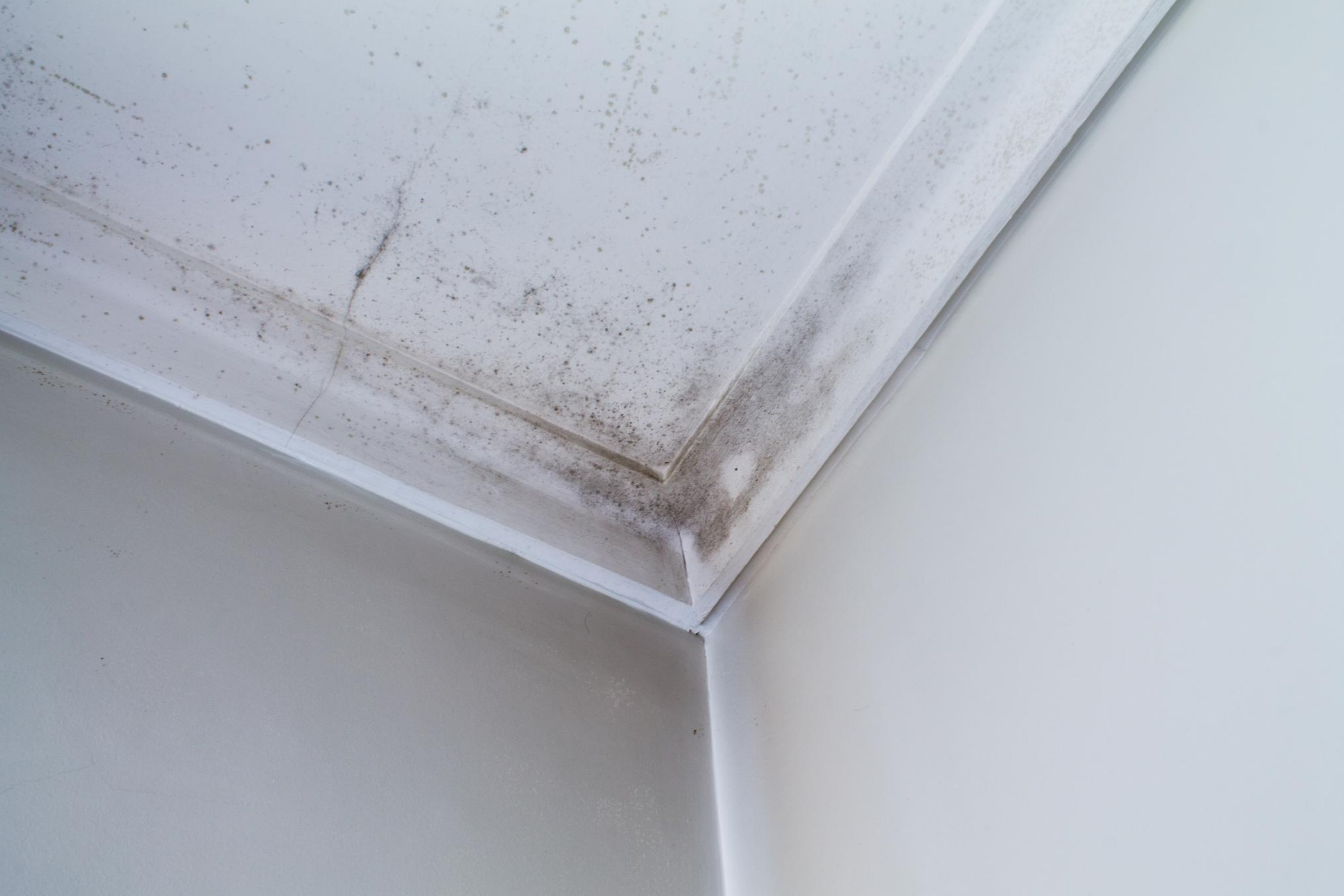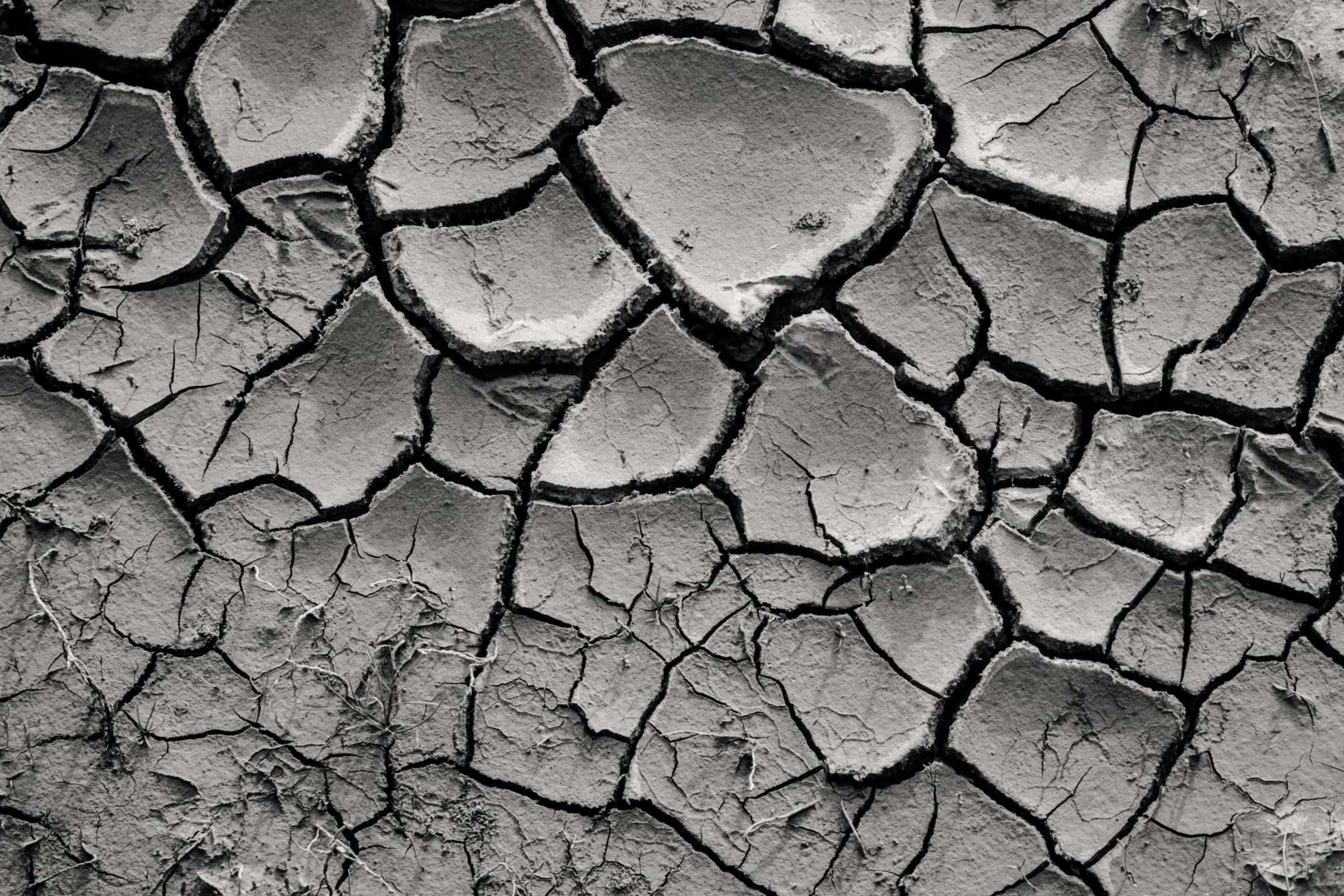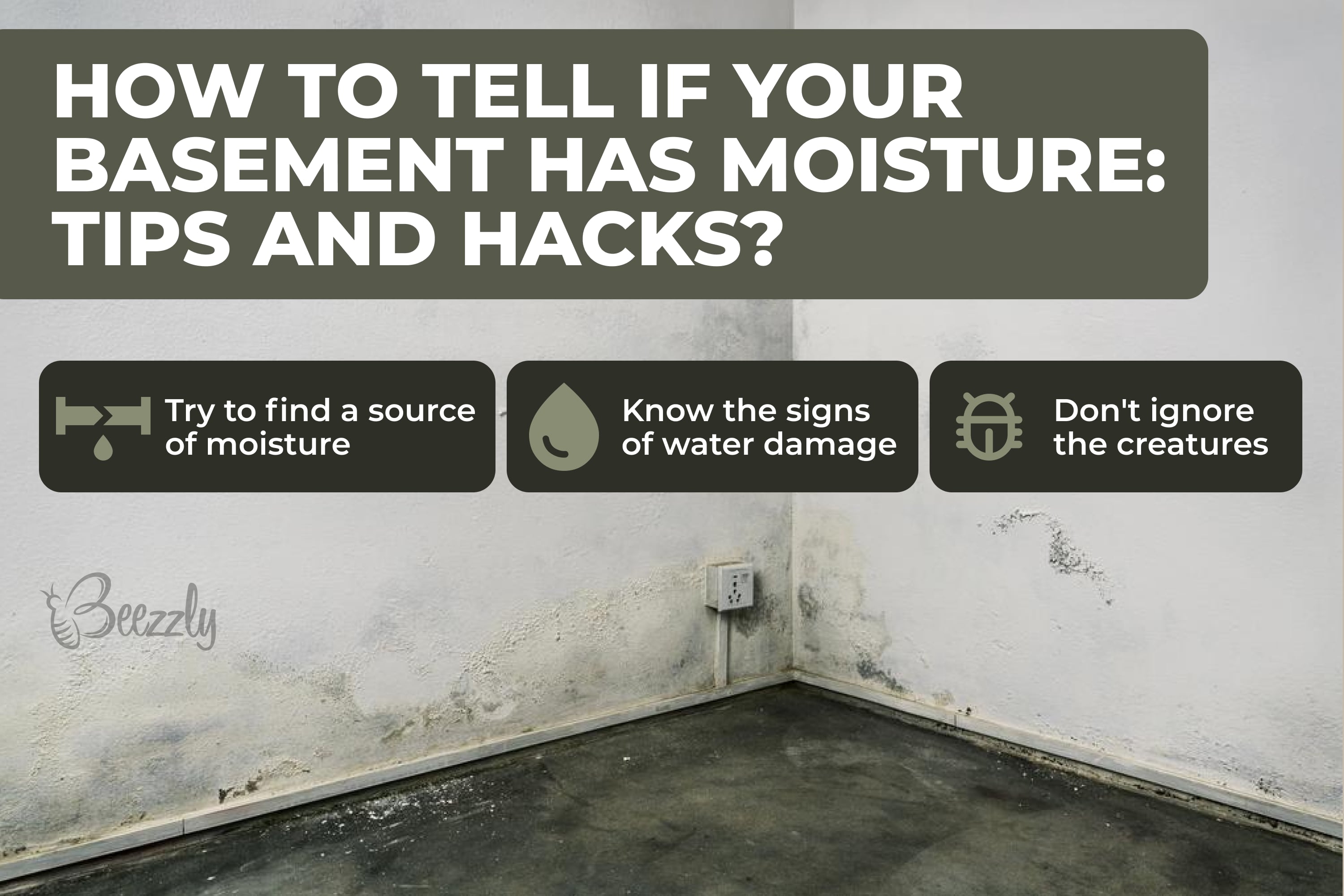Having a dry basement is mandatory for any house since the basement is literally what keeps our home afloat. If there is moisture down there, the entire structure will not be able to function properly and you will sooner or later face problems like a wall crumbling, cracks, paint chipping, mold, etc.
Do want to know how to keep a damp basement dry?
Today we will tell you about that. You will learn what steps to take to keep a finished basement dry and moisture-free.
Also, we will explain how you can understand that your basement needs closer attention and there is moisture that should be removed. Finally, you will find out what moisture in your basement may lead to.
Water or moisture in your basement is not good and everyone knows that. Be it a flood or just regular chronic dampness, you can’t just leave it like this. Otherwise, if left unattended, moisture can grow into a bigger issue, resulting in an expensive clean-up and high repair costs.
How to Keep a Basement Dry And Mold-Free?
Water or moisture in your basement is not good and everyone knows that. Be it a flood or just regular chronic dampness, you can’t just leave it like this. Otherwise, if left unattended, moisture can grow into a bigger issue, resulting in an expensive clean-up and high repair costs.
So how to keep a finished basement dry, you may be wondering. You can opt for one of the most commonly used methods. But take into consideration that the approach you choose will depend on the current situation and the existing condition of your basement.

In some cases, you might only need to install a dehumidifier whilst in other cases, more serious actions might be needed. Below, you can check out the complete list of them to see which method suits you and your specific situation better.

Keep Water Away From Your House’s Foundation
The typical way water gets into your basement is by seeping in along the foundation. And although your home can usually withstand this problem pretty well, its defenses need to be maintained regularly to keep them working.
- Inspect your downspouts and gutters and clean them to help them direct the flow of water away from your foundation. Like that, the water won’t saturate the ground near your foundation, seeping in
- Pay attention to the grading of your land and consider filling the problem areas in to improve the slope away from your home
Make Sure You Seal Your Interior Walls And Floors
In order to waterproof the walls and floor of your basement interior, you can take additional steps and use a special waterproof sealant. These special sealing products work by creating a solid membrane over the surface of your basement. This membrane will be protecting the walls and prevent small leaks.
If you use this method, note that it is crucially important to apply the sealant in a thick coat!
The purpose of its use is to make it fill every tiny pore of your masonry to be able to form the proper seal.
Also, we would like to warn you at once: note that this sealant is not a solution to cracks or existing leaks on your basement walls! You should only apply it when your basement isn’t leaking and its walls are not damaged.

Opt For a Dehumidifier
One of the major reasons for humid basements in our homes is the way the air moves in them. See, air moves through our homes by escaping from the bottom higher up. This is why our basements are typically more humid compared to other levels of your home, particularly when the air outside is humid as well.

So no wonder many homeowners prefer using the easiest and the quickest way of fighting that humidity: they simply install a dehumidifier! You just need to consider the size of your basement since it will dictate the size of the dehumidifier you can install there.
With the dehumidifier, it will be easier for you to keep the proper humidity levels in your basement. Remember that, in order to prevent mold and avoid viruses thriving, your basement humidity level should be kept somewhere between 30 and 50 percent.

Make Sure Your Cold Water Pipes Are Properly Insulated
We typically insulate out water pipes mostly to protect them from winter freezing or to reduce heat loss. But there is another great reason to consider insulating your pipes. Insulation will help you prevent sweating.
See, on hot and/or humid days, cold water pipes tend to form condensation buildup around them. This condensation will contribute to a higher overall moisture level in your basement. And if the pipes drip, things will get even worse!
To solve the issue, consider using foam insulation to protect your pipes. This type of insulation is incredibly cheap and easy to install. It will protect your pipes not only from freezing but also from condensation and further dripping all over your basement.
Remember to Patch Holes And Seal Cracks In Time
If you keep on noticing moisture on the interior walls of your basement, you need to identify the source of it and see if you can fix it by yourself. In most cases, moisture gets into your basement through the smallest cracks and holes, so you should search for those first of all.
No matter whether your home developed cracks over time as it aged or it happened due to shrinkage or settlement, these cracks must be fixed as early as you can! So walk through your basement and look under the furniture and rugs, as well as behind anything that’s hanging on the walls or standing beside them.
When you find the cracks, make sure you seal them thoroughly. If you have very thin cracks, they can simply be filled with a waterproofing compound. But if there are holes or deep cracks, you need to clean them out first and then patch them.
Finally, should you find holes or cracks that are too large for mere patching, you will not be able to handle them on your own. In this case, you need to call a professional before the situation gets worse.
Now you know what steps can help you keep your basement dry and moisture-free. As you can see now, ensuring your basement is in decent condition may require some effort like inspecting its walls regularly and patching holes or cracks once they develop.
However, it is best to do this on a regular basis than neglect your basement maintenance and pay way more money later to fix really serious damage!

How to Define That Your Basement Has Moisture. Tips And Life Hacks?
Do you want to know how to keep a basement dry even if it’s in a wet area? Well, you simply need to know what to look for to define water damage or the presence of moisture.

Easy to say but is it the same easy to do? Most of us know only one sign of moisture which is wet or damp walls. But this is not the only sign!
To help you out and teach you how to define potentially dangerous levels of moisture in your basement, we have prepared a list of the most obvious signs and symptoms you should be aware of.

Know the Signs Of Water Damage
If you think that water damage only comes with cracks or holes, you are right but only to a certain point. See, in addition to holes and cracks, peeling paint can also be an obvious indicator, shouting that your basement has moisture problems.
You should also not ignore your nose! Sometimes, it is possible to smell a musty or damp odor, which is another symptom of excessive moisture in your basement.
In fact, the smell can be considered the very first sign of things going wrong because you can sense the problem even when you can’t see it.
Try to Find the Moisture Source
If you have ever had to deal with leaking walls either in your basement or upstairs, you know how tricky this can be. Even if you find moisture on a wall, it doesn’t mean that the source of it is also there. And it is not always easy to figure out where it came from exactly. Is it coming from outside? Is it just some condensation?
One trick you can use to make things clear is to tape aluminum foil to your wall. Let it sit there for a day and then come back.
If the moisture is on the exposed side of the tape, it means that the source of your problems is most likely humidity. But if you find moisture underneath the foil, it’s your foundation that is letting in water.

Don’t Ignore Critters
Small insects can also indicate that there is something wrong with the moisture in your basement. Have you noticed recently that you have way more of those tiny moths in your basement? If you have, then it means that this is not just a nuisance.
These tiny insects are the signs of excessive moisture that is collecting under your home. As you probably know, insects need a few things to survive and live: ideal temperatures, food, and moisture.
This is why cooler basements with high levels of moisture are one of their favorite places to reside in. Of course, be reasonable in your “moth hunt”: an occasional bug doesn’t necessarily mean you have leaks in your basement! But when you spot them regularly or there are many of them, it’s definitely worth investigating!
With the help of these tips and life hacks, you will be able to spot the very first signs of moisture developing in your basement.
Since now you know more telltale signs of higher moisture levels threatening your home, you will be able to make a better and more thorough inspection of your basement.
As a result, you will be able to find the smallest signs of possible moisture damage long before they even grow to the scale of catastrophe!
Well, now you know a bunch of useful recommendations that can help you keep your basement dry and moisture-free easier. Also, all the tips we shared today can be used to be able to spot the very first signs of moisture exposure and problems connected with it.
Like that, you will easily see (and sometimes sense!) the very first symptoms of excessive mold and be aware of what to do to deal with them quickly and effectively.

[wp-faq-schema title=”Frequently Asked Questions”]

Thank you for your sharing. I am worried that I lack creative ideas. It is your article that makes me full of hope. Thank you. But, I have a question, can you help me?
Hey everyone! Look, folks, I need your help. I’ve found tiny dots of mold in my basement. Do you think those can be removed with some homemade solutions?
Hello! I’d recommend you call a professional to remove it for you and here is why: mold is dangerous, especially if you attempt to remove it yourself. Besides, DIY products may not be as efficient as professional chemicals. It’s better to pay more but get it removved once and for all than deal with this bother much longer.
Is it possible to fight moisture in my basement somehow if my house is standing at the foot of the hill and all the water runs down to it when it rains or when the snow melts?
Well, that’s quite a position, I’d say! I don’t even know what to say to it… I guess you should ask for help from a professional. To me, it seems obvious that some kin dof a shield is needed to keep that water away from your basement, but I don’t know how to do it correctly.